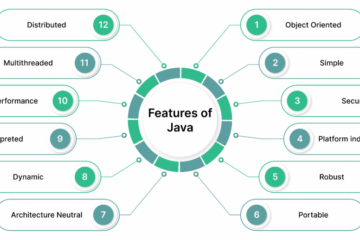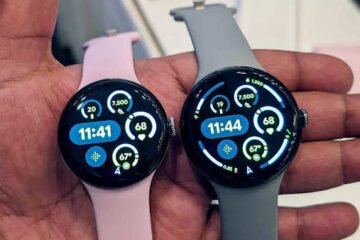The Food and Drug Administration has released guidance on low-risk devices intended to promote general wellness, including mobile health and fitness apps.
Under the final guidance, which contains “non-binding” recommendations for the industry, the FDA indicated that it “does not intend to actively regulate low-risk technologies that are intended only for general wellness use” and that the agency “encourages the development of general wellness technologies, such as fitness trackers or mobile apps, which can empower individuals to take a more active role in their health.”
Through this general wellness policy, the FDA said it hopes to foster the development of low-risk products intended to promote a healthy lifestyle.
“General wellness products may include exercise equipment, audio recordings, video games, software programs and other products that are commonly, though not exclusively, available from retail establishments (including online retailers and distributors that offer software to be directly downloaded),” states the guidance.
However, the FDA was quick to add that its policy applies only to general wellness products that are low risk. “If the answer to any of the following questions is YES, the product is not low risk and is not covered by this guidance: Is the product invasive? Is the product implanted? Does the product involve an intervention or technology that may pose a risk to the safety of users and other persons if specific regulatory controls are not applied, such as risks from lasers or radiation exposure?”

Contents
According to Bakul Patel, associate director of digital health in the FDA’s Center for Devices and Radiological Health, the final guidance confirms that the agency is taking a “hands-off” approach to the regulation of low-risk general wellness products that only promote a healthy lifestyle or that promote a well-known association between a healthy lifestyle and a certain disease or condition.
“We feel this policy encourages the development of low-risk general wellness technologies, while also protecting the public health,” says Patel. “The guidance also clarifies that the FDA will continue to focus its oversight on products that are invasive, implanted or pose greater risks to patients, even if they are intended for general wellness purposes.”
Reaction to the FDA guidance has been generally positive.
In a written statement, Senate health committee Chairman Lamar Alexander (R-Tenn.) said the FDA has taken the right approach to the plethora of fitness trackers and mobile health apps that are available to Americans who want to take an active role in monitoring and improving their health.
“I’m glad to see that the FDA recognizes this and has no current plans to put unnecessary government red tape between people hoping to use a Fitbit to help them get moving or a Weight Watchers application to monitor their diet,” said Alexander, who noted that such guidance is intended to clarify an agency’s position but do not have the force of law. “This is welcome guidance from the FDA, and I look forward to seeing the Senate health committee-passed MEDTECH Act signed into law so that this smart policy can soon become law.”
In March, the Senate health committee passed the Medical Electronic Data Technology Enhancement for Consumer’s Health (MEDTECH) Act sponsored by Sens. Bennet (D-Colo.) and Hatch (R-Utah), which encourages companies to develop fitness trackers, mobile apps, and other innovative products “free from unnecessary FDA oversight and red tape.”
Bradley Merrill Thompson, an attorney at the Washington, D.C.-based law firm of Epstein Becker Green who counsels medical device companies on regulatory issues, applauded the agency for its approach in clarifying which products would be considered “low risk” and, through the examples it provided, which ones would not.
“Adding examples is extremely useful because it gives us more data from which we can infer exactly what FDA means,” says Thompson. “Indeed, in several cases, it seems that FDA broadened the examples, but in others narrowed them. For example, FDA deleted the reference to ‘cardiac function,’ presumably because the agency thinks that’s too risky to include in the unregulated category. The agency also sought to be more precise when referring to anxiety, differentiating I guess garden variety anxiety from anxiety disorder. That’s a useful clarification.”
At the same time, in comparing the FDA’s draft guidance with the just-released final guidance, Thompson said he is concerned about the requirement that the general recognition that a product is useful in the management of a disease or condition is now limited to those products that use a mode of action that is affirmed in either peer-reviewed literature or professional society guidelines.
“That strikes me as a little bit narrow, because, for example, one might use CDC guidelines as a basis,” adds Thompson. “Ironically, governmental guidelines are not included in the evidence of generally recognized as useful. So I think they got a little bit too aggressive in trying to be too precise about what constitutes that general recognition.
“In that same section, they seem to want to suggest that the new technology should be ‘specifically’ affirmed in the peer-reviewed literature are guidelines. That’s a little bit dicey sometimes because the new technology may have the exact same mode of action as the older technology, but find itself in a new embodiment. So I’m concerned that this language may be a bit limiting.”
[Source:- Health Data Management]




